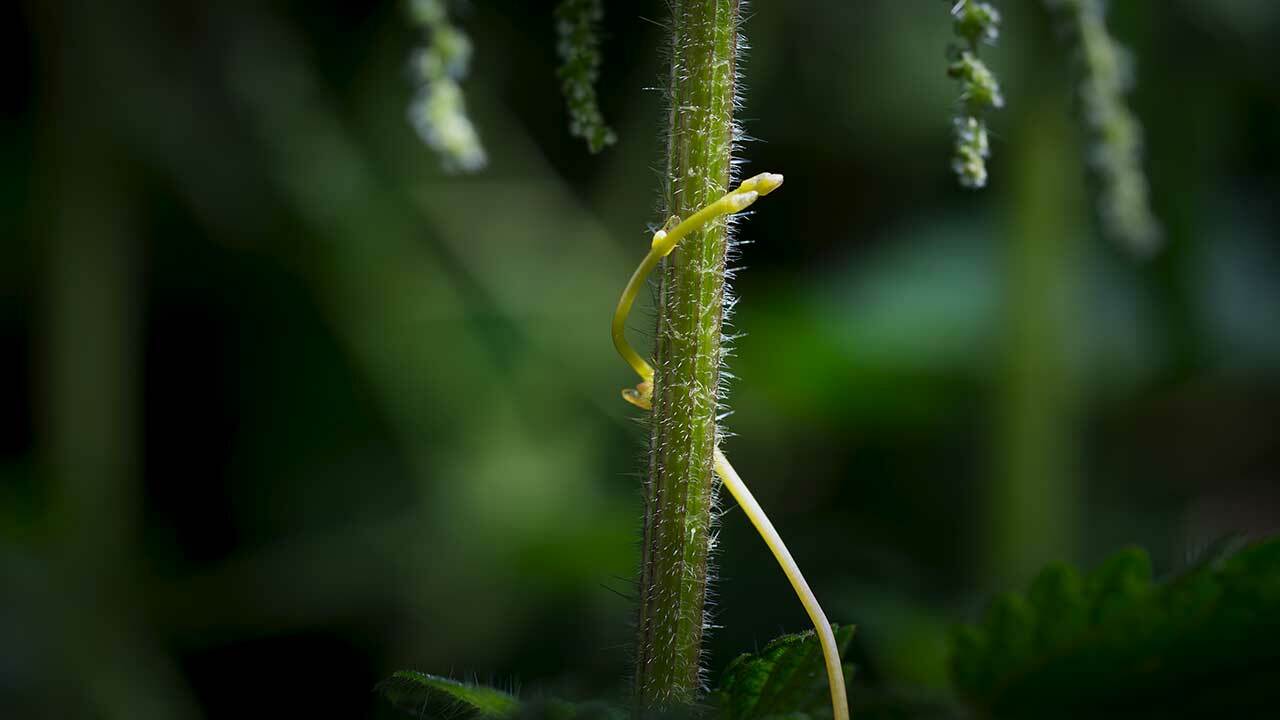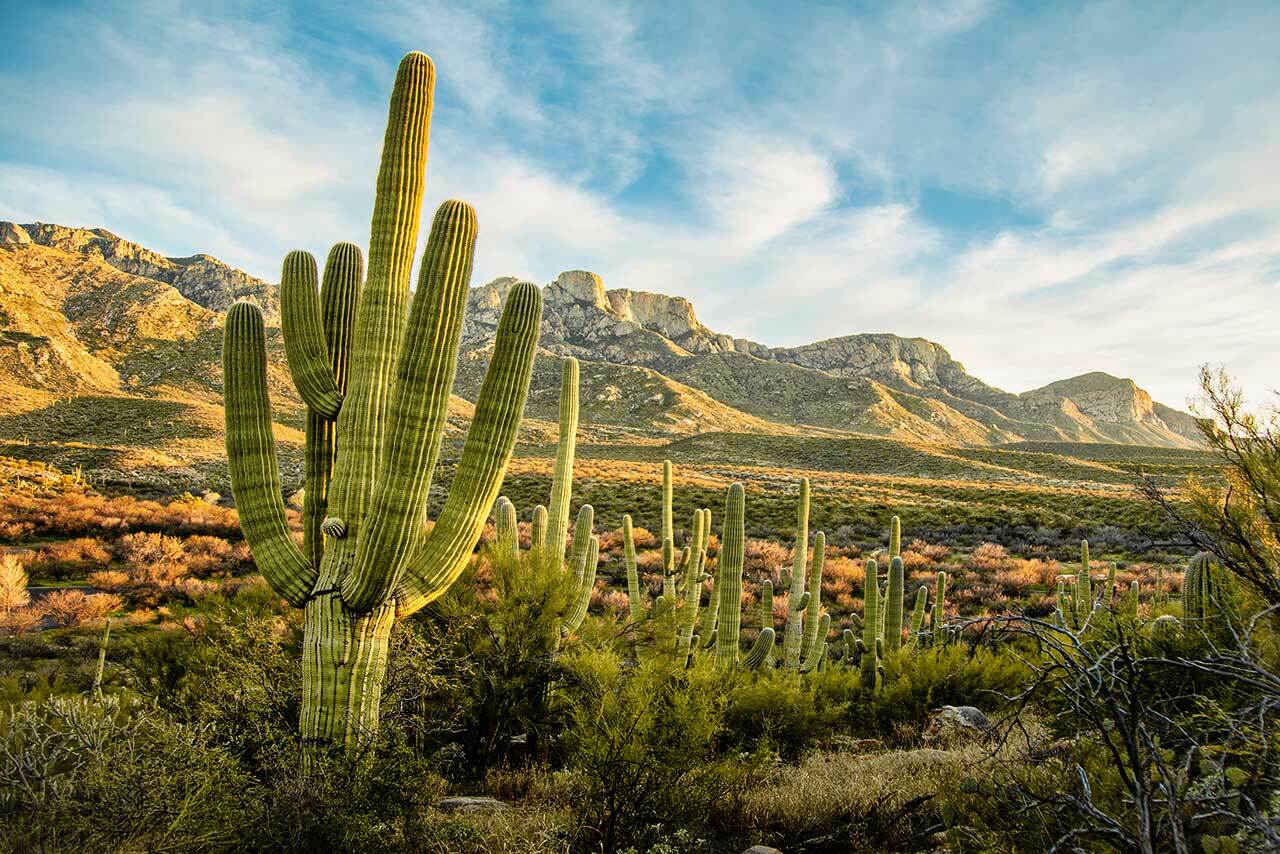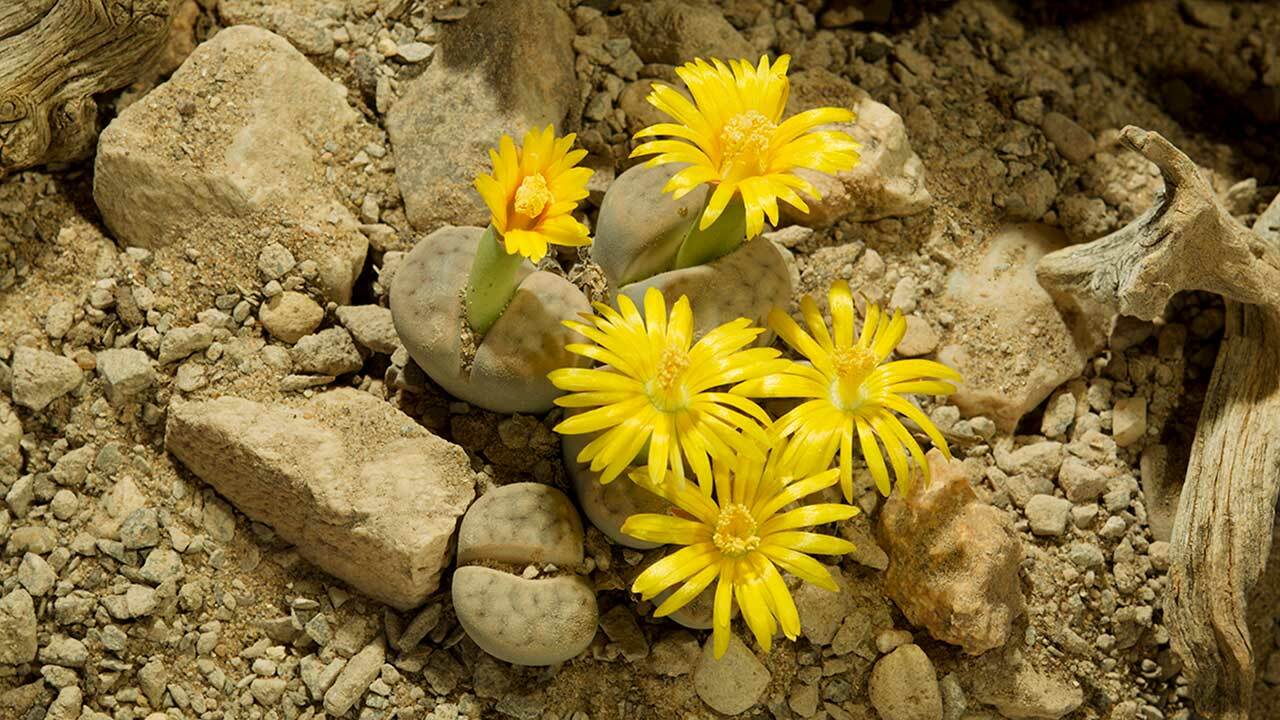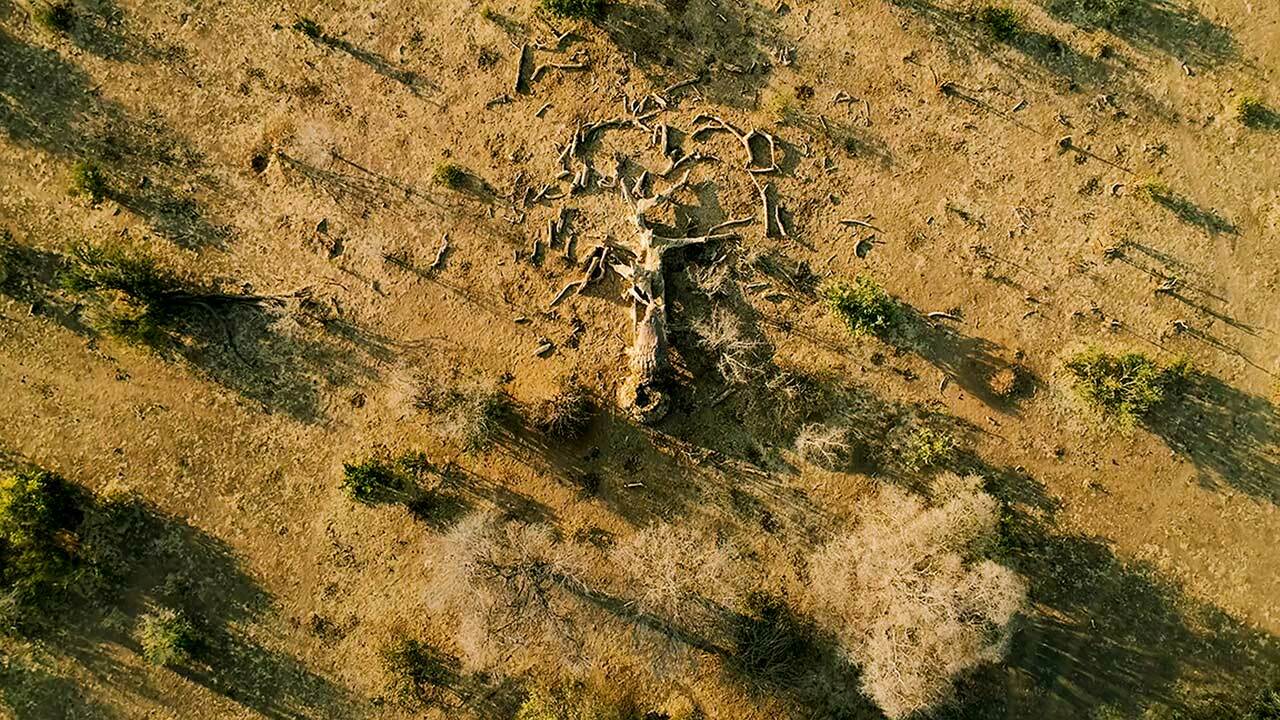
There are many unique and beautiful plants and trees in the world, each inhabiting different biomes from each other and serving different purposes. Yet, no matter how big or small, well-known or unknown, colorful or foul-smelling they are, they all share one thing: Their current and future lives are being changed by climate change. In this article, we will look at the threats facing different plants and trees across the world and see how they are adapting.
Episode 1: Tropical Worlds
Leaf Cutter Ants
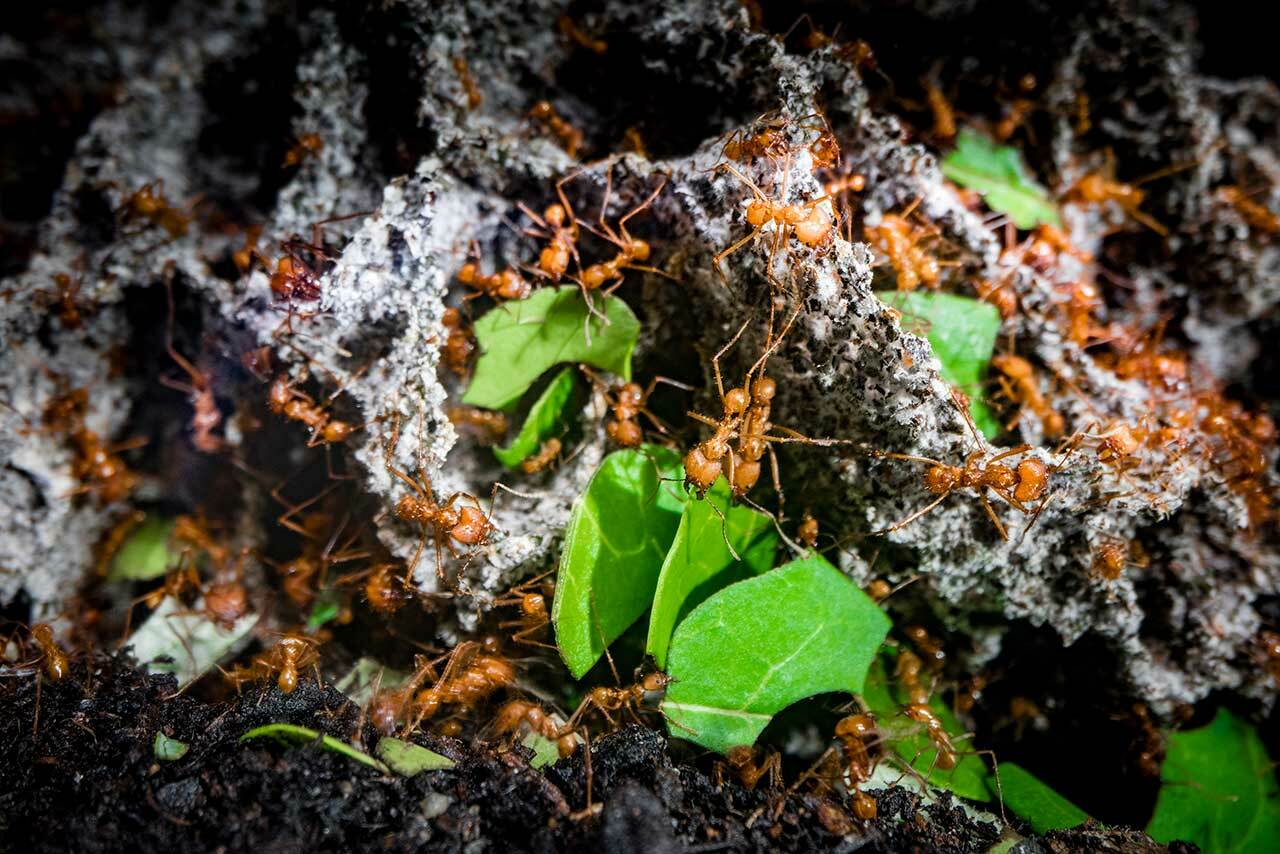
Leaf cutter ants are a type of ant native to the tropical regions of South America, though they have been introduced to other parts of the world, such as the southern United States, that are known for their ability to cut leaves and use them to build their nests. Though they are often considered pests, they are an important part of the ecosystem, as they help to recycle nutrients and improve soil fertility and also provide a food source for other animals, such as birds and mammals.
For all their importance, however, leaf cutter ants are one of many species that are suffering from the effects of climate change. The main impact of climate change on leaf cutter ants is the alteration of their habitat. As the temperature and precipitation patterns change, so does the vegetation that they rely on for food. This can cause population declines as the ants are unable to find enough food to survive. Additionally, climate change can also cause changes in the distribution of leaf cutter ant colonies. As the climate becomes warmer or drier, some populations may move to new areas in search of more suitable habitat conditions. This can lead to competition with other species and even conflict with humans as the ants invade agricultural fields and homes in search of food.
Support your local PBS station in our mission to inspire, enrich, and educate.
Costa Rica Tropical Rainforest Biome
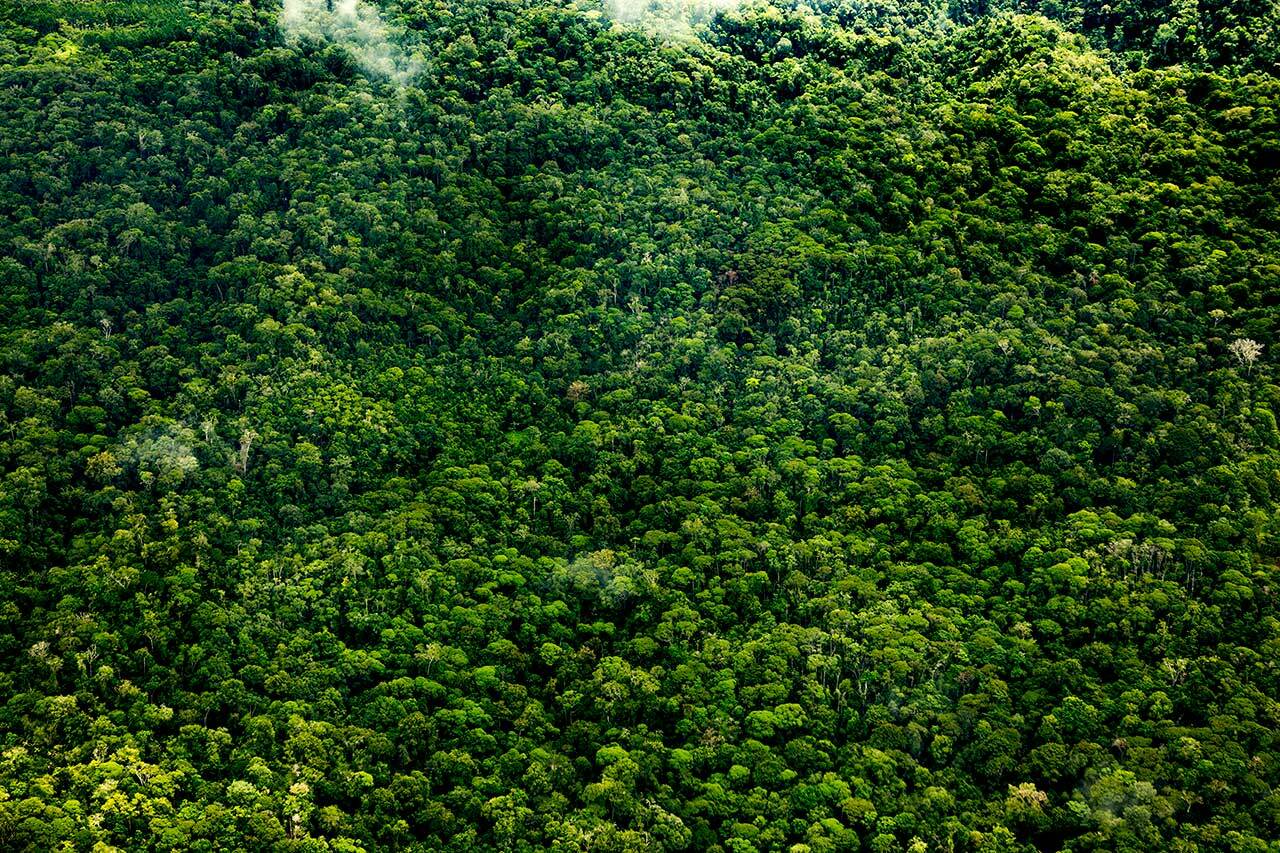
Climate change is already heavily affecting the tropical rainforest biome in Costa Rica. As temperatures rise and rainfall patterns become more erratic, the forest is under increasing stress. This is having an impact on the animals and plants that live there, as well as the people who depend on the forest for their livelihoods.
The effects of climate change are being felt most keenly in the dry season when the forest is drier and more vulnerable to fire. In recent years, there have been a number of large wildfires in the rainforest, causing extensive damage to the vegetation and wildlife. These fires are likely to become more frequent and more intense as the climate continues to change. In addition to fire, increased temperatures and changes in rainfall patterns are also causing problems for the rainforest. For example, higher temperatures are leading to an increase in insect pests, damaging crops, and spreading disease. Changes in rainfall patterns can also cause flooding, which can damage infrastructure and homes. The effects of climate change are already being felt by the people who live in and around the rainforest. Many traditional livelihoods, such as agriculture and fishing, are being affected. In addition, the increased frequency of extreme weather events is causing hardship for many communities.
The tropical rainforest biome in Costa Rica is under threat from climate change. The effects of this change are already being felt by the plants, animals, and people that depend on the forest. If action is not taken to reduce emissions and adapt to the changing climate, the rainforest will continue to be degraded, with serious consequences for biodiversity and human wellbeing.
Episode 2: Water Worlds
Water Lilies
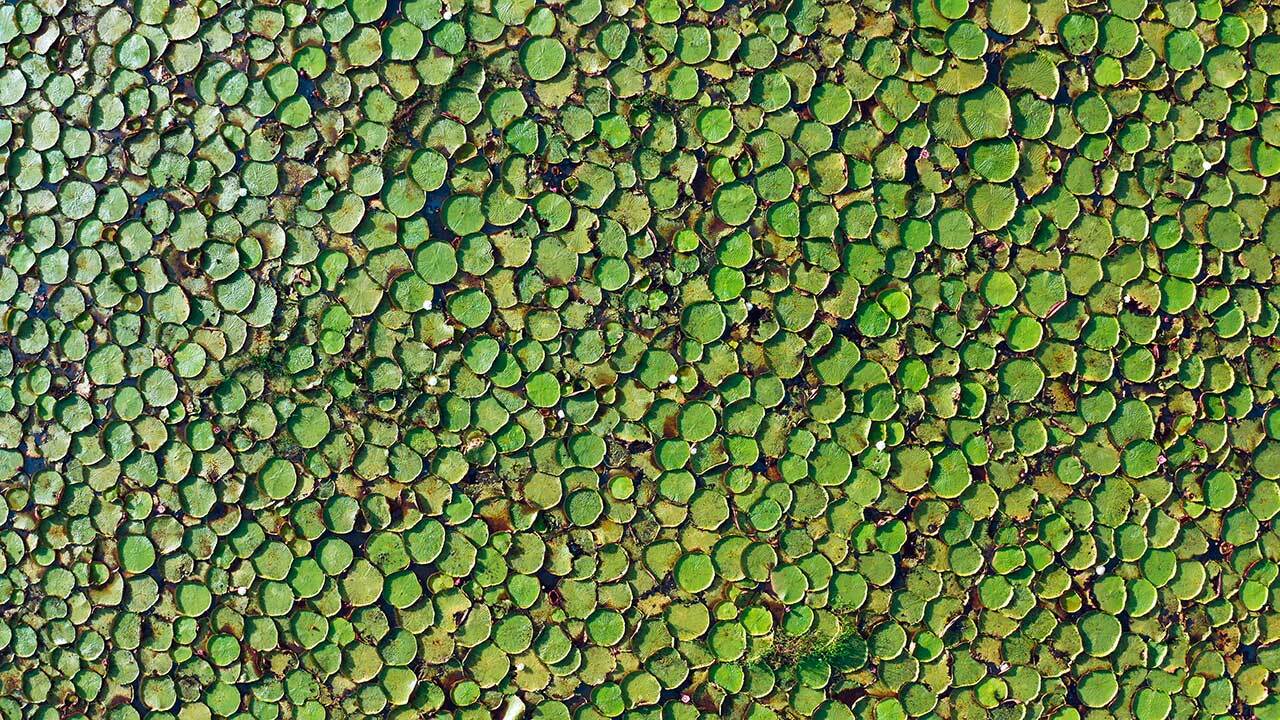
Water lilies are flowering plants that grow in freshwater habitats. They have roots in the mud at the bottom of a body of water, with leaves and flowers floating on or emerging from the surface. Water lilies come in many different species, each with its own unique flowers and foliage. As they are generally easy to care for, water lilies often make a beautiful addition to any pond or water garden. However, as pretty as they might look in your water garden, water lilies or no different than any other plant when it comes to facing the coming effects of climate change.
Higher water temperatures cause water lilies to bloom earlier in the season and produce more flowers than usual. However, warmer temperatures can also lead to shorter flowering periods and smaller flower sizes. Changes in temperature can also affect the growth and development of water lily leaves and roots. Warmer temperatures may cause leaves to grow larger, which may make them more susceptible to damage from pests and diseases. Roots may also become less efficient at taking up nutrients from the soil, leading to overall poorer plant health.
To cope with changing conditions, water lilies may need to adjust their growth and development cycles. They may also need to migrate to new areas where conditions are more favorable. However, if they are unable to do so, they may eventually die off.
Marimo Moss Ball

The Marimo moss ball is a type of algae that forms into a green, spongy ball. It is native to Lake Baikal in Russia and can also be found in other freshwater lakes in Europe and Asia. Marimo moss balls are popular pets, as they are easy to care for and are said to bring good luck.
However, climate change is having a major impact on the Marimo moss ball population. Warmer temperatures of the water in which they live have caused them to grow more quickly and to reproduce more frequently. Additionally, the lower levels of dissolved oxygen in the water due to climate change have made it difficult for them to breathe, and they are increasingly susceptible to disease. As a result of these changes, the Marimo moss ball population is declining, and they may soon be extinct.
Episode 3: Seasonal Worlds
Frostweed
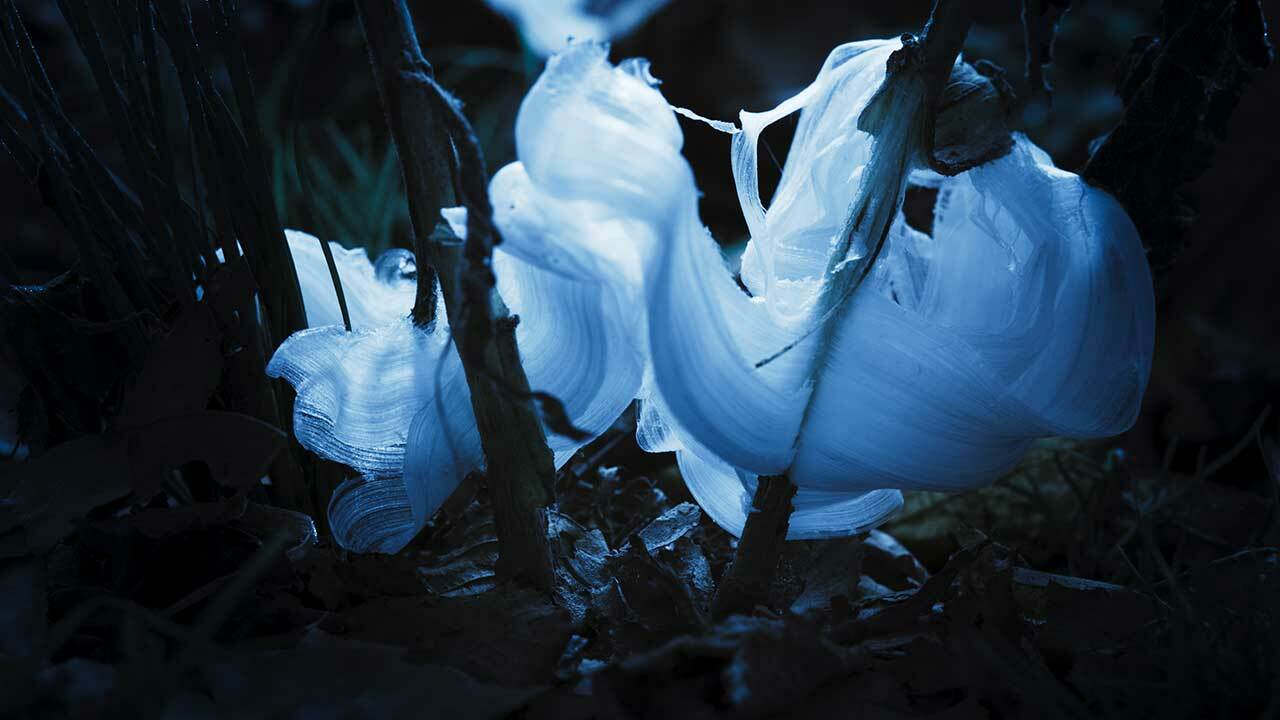
Frostweed (Verbesina virginica) is a native North American plant that is adapted to cold weather and frost. Frostweed typically grows in woodlands, along roadsides, and in other open areas, and gets its name from the white, frost-like crystals that form on the stems of the plant when it is exposed to cold weather. These crystals are actually made up of ice and help insulate the plant from the cold. As the climate changes and the planet warms, though, these unique plants are facing a grave threat.
Across North America, climate change is causing more frequent and longer heat waves in many parts of the continent. These heat waves can damage or kill frostweed plants.
In a study published in Nature Climate Change, researchers found that heat waves have already begun to damage frostweed populations in the Great Plains region of the United States. The study found that heat waves caused a decrease in the number of frostweeds that flowered, and also led to smaller flower sizes. In addition, the heat waves caused frostweed plants to produce fewer seeds. This could lead to a decline in the population of this plant in the future.
The researchers also found that climate change is having an impact on the timing of frostweed flowering. Frostweed generally flowers in late October or early November. However, the heat waves have caused some plants to flower as much as two months earlier than usual. This could have a negative impact on the plant's ability to reproduce, as well as its ability to withstand cold weather in the future.
Fire Lily
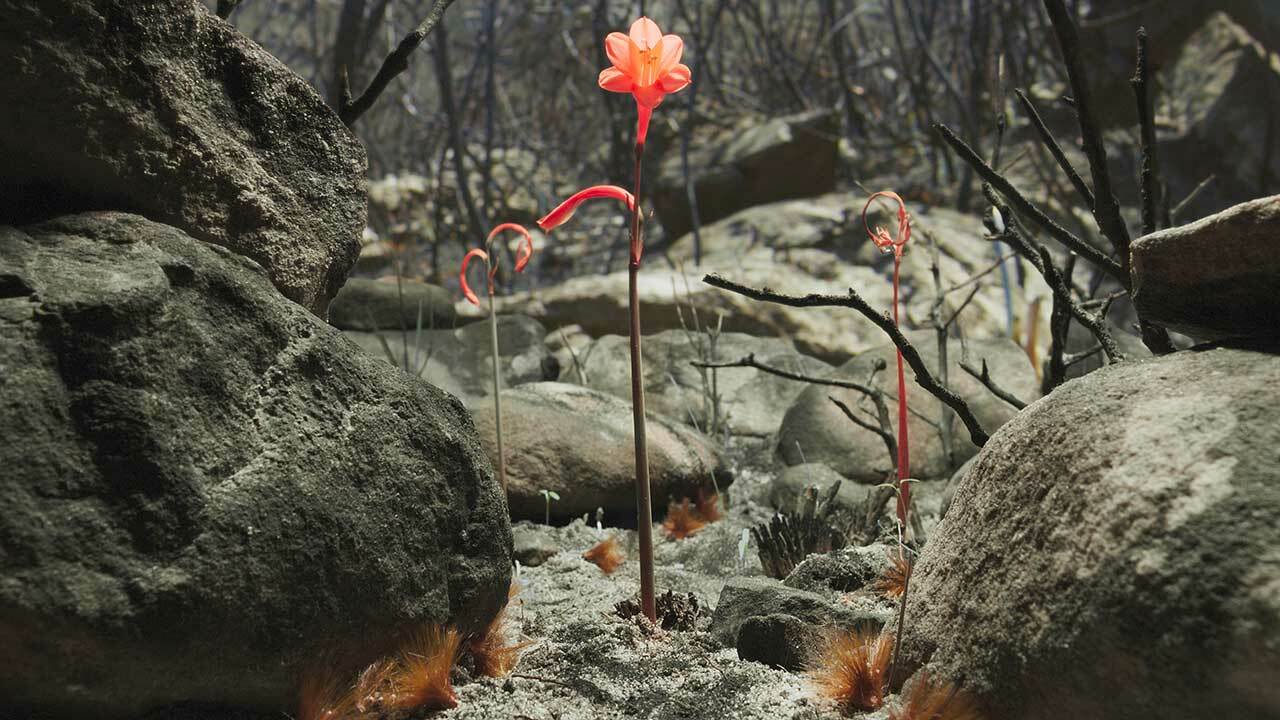
The fire lily (Pieris japonica) is a species of flowering plant native to Asia, prized for its beautiful flowers, which bloom in shades of red, orange, and yellow during the spring. The fire lily gets its name from its orange and red coloration, which resembles a burning ember. Fire lilies are also known for their sweet fragrance, which attracts bees and other pollinators. These flowers are not only beautiful, but they are also very popular in bouquets and arrangements. Yet, this may not be able to continue forever.
Unfortunately, the fire lily is one of many species threatened by climate change. Rising temperatures and changes in precipitation patterns are causing habitat loss and other problems for the fire lily and other plants. The fire lily is adapted to cool, moist conditions and does not tolerate heat or drought well. As temperatures rise and precipitation patterns change, suitable habitat for the fire lily is shrinking. This is causing populations of the plant to decline. In addition to habitat loss, the fire lily is also threatened by fire. Rising temperatures and changes in precipitation patterns are leading to more frequent and intense wildfires. These fires can destroy entire populations of the fire lily.
Episode 4: Desert Worlds
Saguaro Cacti

Saguaro cacti are desert plants that are native to the Sonoran Desert in northwestern Mexico and southwestern Arizona. These cacti can grow to be over 60 feet tall and live for 150 years or more. Saguaros are an important part of the desert ecosystem, providing food and shelter for many animals. The flowers of the saguaro cactus are also an important source of nectar for desert animals such as bees and hummingbirds.
Though saguaro cacti are a staple of the American Southwest, and their iconic status has made them a symbol of the region. But these iconic plants are facing an uncertain future due to climate change.
Saguaro cacti are adapted to hot, dry conditions, but they are not well-suited to extreme heat or drought. As temperatures rise and drought becomes more common in the Southwest, saguaros will increasingly be stressed by the conditions. This stress can lead to reduced growth, lower survival rates for young plants, and increased mortality in adult plants. Just right now, saguaros are dying at unprecedented rates and their populations are declining. In one study, researchers found that saguaros in Tucson, Arizona, were growing more slowly than they did just a few decades ago. This slowdown is likely due to higher temperatures and less available water.
In addition to direct effects like heat stress and drought, climate change is also indirectly affecting cacti by altering the distribution of their natural enemies. For example, warmer temperatures are allowing mealybugs — pests that feed on cactus sap — to survive and reproduce at higher elevations than they could in the past. As a result, mealybug populations are increasing in many cactus-rich habitats, leading to more widespread damage to these plants.
As climate change continues to impact the Southwest, saguaros will likely face even greater challenges. With less suitable habitat and more stress, these iconic plants may become increasingly rare in the years ahead.
Stapelia
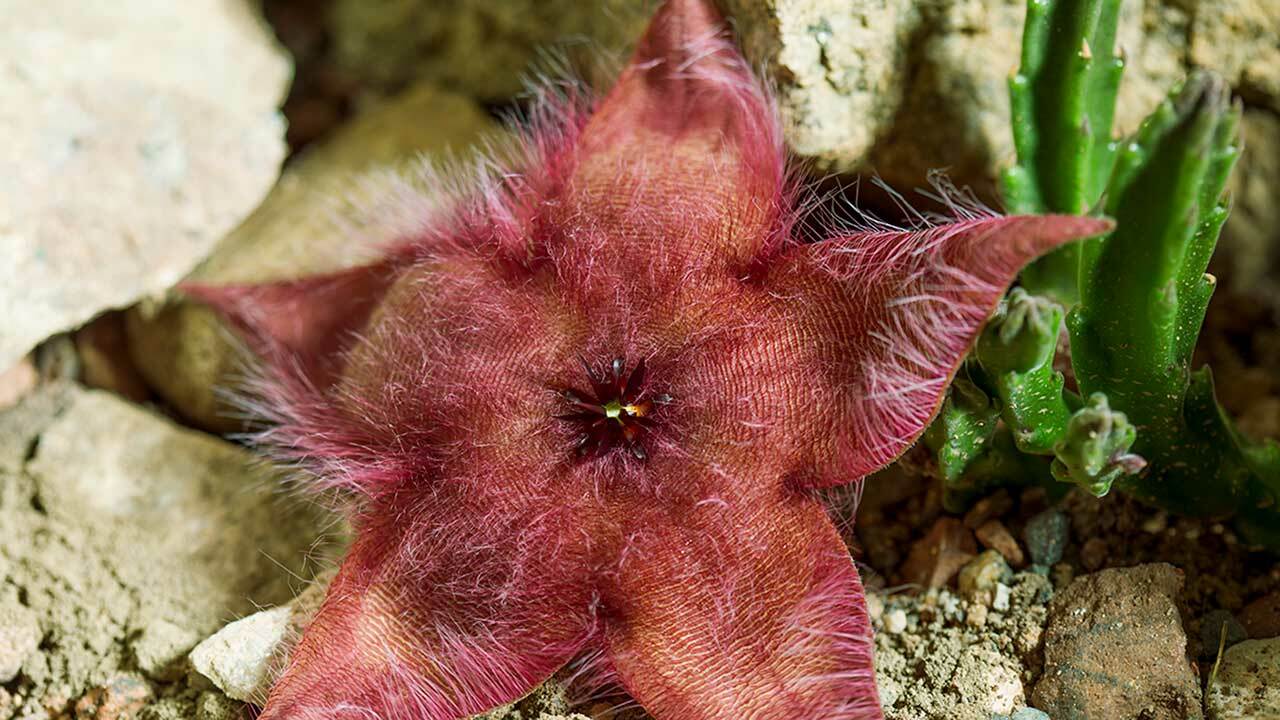
Stapelia are a genus of flowering plants in the family Apocynaceae. The genus is native to southern Africa and comprises about 50 species. The plants are succulent and have large, fleshy stems with spines. The flowers are often large and showy, and range in color from white to yellow or red. Stapelia flowers typically have a strong, unpleasant odor, which attracts flies and other insects. This pollination strategy is known as carrion pollination. All this, combined with the ease with which they can be grown, make them an unusual interesting houseplant. Yet, like all different species of plants across the world, stapelia are having to adapt to the demands of climate change.
Climate change is already having a significant impact on stapelia populations around the world. In some regions, stapelia are being forced to move to higher elevations in order to escape the heat, while in others they are struggling to adapt to more extreme weather conditions. There is evidence that climate change is affecting the flowering patterns of stapelia. In one study, it was found that the species Stapelia hirsuta flowered earlier in the year when exposed to higher temperatures. This shift in flowering time could have a major impact on the pollination of stapelia, as well as on the timing of seed production. The increased frequency and intensity of droughts are also likely to have a negative impact on stapelia populations. In arid regions, stapelia rely on rainfall to trigger flowering. With less rain, fewer flowers are produced, and seed production may be reduced. Drought conditions can also lead to increased mortality rates among young plants.
While this may seem quite dour in tone, don’t despair for there is some encouraging news. Though in some areas of the world, climate change is predicted to cause a decline in the overall population of stapelia, in other areas, such as in the southern hemisphere, it is thought that stapelia populations will actually increase in response to rising temperatures. While, it is still unclear how these changes will affect the distribution of stapelia species around the world, if you were hoping to snag a stapelia as a houseplant, there is still hope yet. It does not seem stapelia have any interest in going the way of the Dodo bird just yet.
Episode 5: Human Worlds
Bamboo
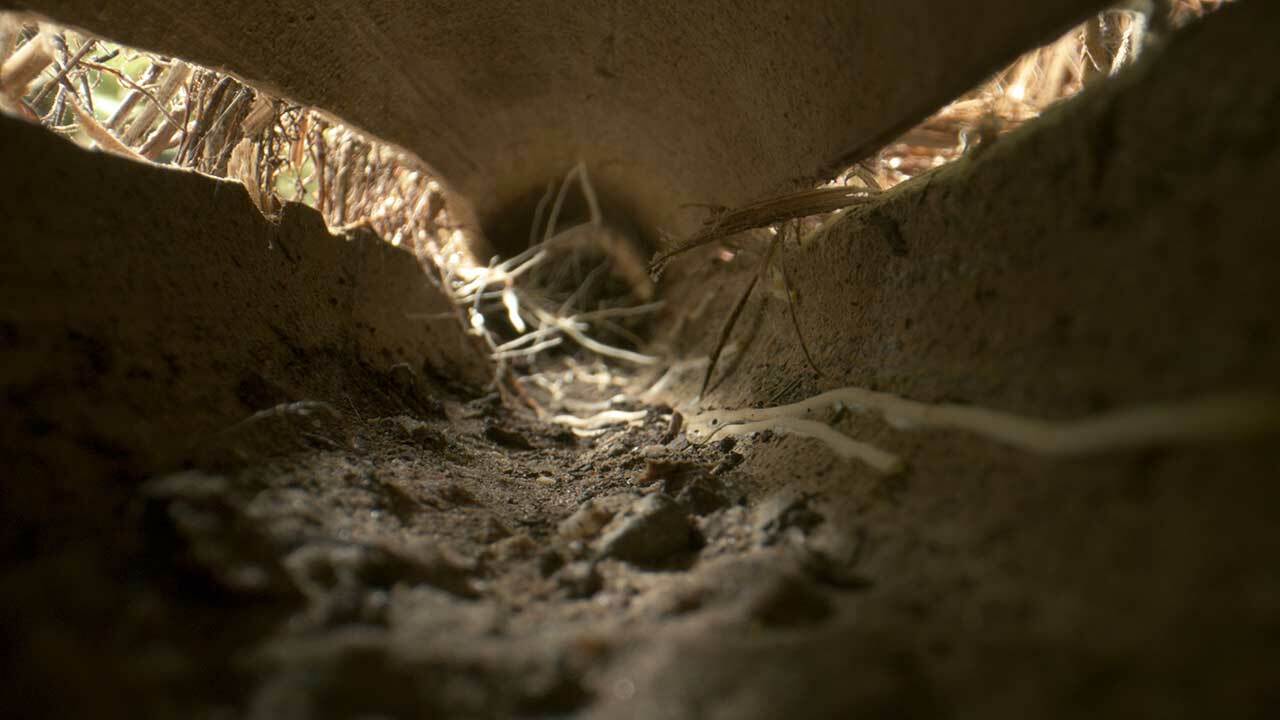
Bamboo is one of the fastest-growing plants in the world, and one of the most versatile. It can be used for everything from building materials, due to its lightweight but strong and durable nature, to food and medicine. But, bamboo is also very sensitive to changes in climate, and even small shifts can have a big impact on its growth, making it vulnerable to the effects of climate change.
Rising temperatures and changing weather patterns are already having an impact on bamboo forests around the world. In some regions, bamboo is dying off due to drought conditions. In other areas, floods and landslides are damaging bamboo forests. And in some cases, invasive species are taking advantage of the changes in climate to spread into new territory. In some regions, rising temperatures and changes in rainfall patterns are causing bamboo to flower earlier than usual. This can lead to a population crash, as the flowers are an important food source for animals like pandas that rely on bamboo for survival. In other regions, drought and floods are becoming more common, making it difficult for bamboo to survive. As water becomes scarcer, competition for resources is becoming more intense, and bamboo is often forced out by other plants.
The impacts of climate change on bamboo forests have serious implications for the people who depend on them. For many communities, bamboo is a vital source of income and food. The loss of these resources could lead to poverty and hunger. Climate change is also likely to impact the many species of animals that rely on bamboo forests for their habitat.
Almond Trees
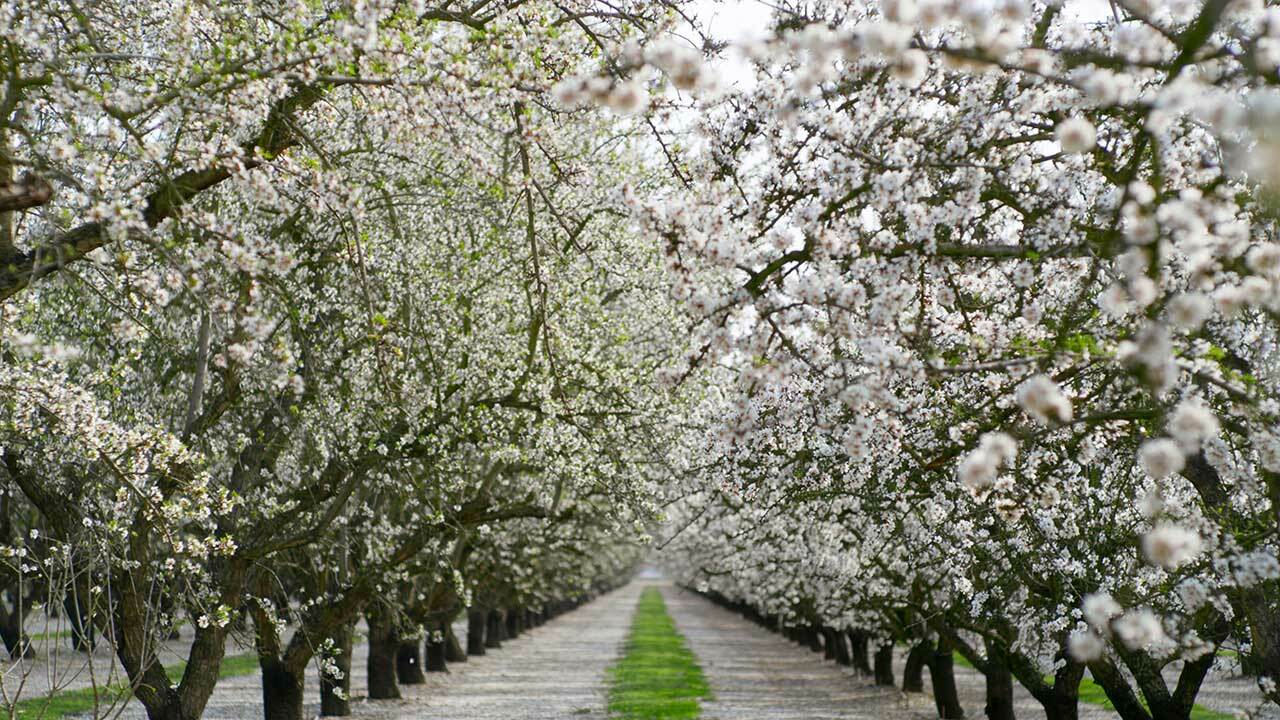
Almond trees are a type of nut-bearing tree in the family Rosaceae, native to North Africa, the Mediterranean, and South Asia. As almonds are a nutritious and tasty food, almond trees have been cultivated since ancient Syria. Introduced to California by Spanish missionaries in the 1600s, California today produces over 80 percent of the world's almonds. Besides its almonds, for many people, the almond blossom is one of the first signs of spring and warm weather being on the way. Yet, this actually makes them more susceptible to the effect of climate change than many other trees. This is because blooming in early spring makes them particularly vulnerable to late-frost events which can damage or destroy the delicate blossoms.
As global temperatures continue to rise due to climate change, late-frost events are becoming more common and more damaging causing the blooming season to start earlier and earlier, which can have a negative impact on the pollination of the crop. Almond trees need a certain amount of chill hours – or hours when the temperature is below 45 degrees Fahrenheit – in order to bloom. However, as winters have become warmer in recent years, fewer almond trees are getting the necessary chill hours. This means that they are blooming earlier than usual, which can cause problems with pollination. If bees aren’t able to pollinate the flowers because they haven’t emerged yet, it can result in a lower almond crop yield. Additionally, early blooming can also make the trees more vulnerable to frost damage later in the season.
As a result of all this, in California, almond growers have already been forced to adopt new strategies to protect their crops from late-frost damage. These strategies include using wind machines and heat lamps to circulate warm air around the blossoms, as well as changing the timing of irrigation to create a microclimate around the trees that is less susceptible to frost damage. However, these strategies are costly and may not be viable in the long term as temperatures continue to rise. So, if there is one thing to be certain about, it's that as a result of climate change, the future of our beloved almond trees and the almonds they produce is uncertain.
This article was researched and compiled by Sandler Digital in collaboration with PBS.

The PBS 'What to Watch' Weekly Newsletter
What to Watch delivers the best shows and content PBS has to offer each week.

